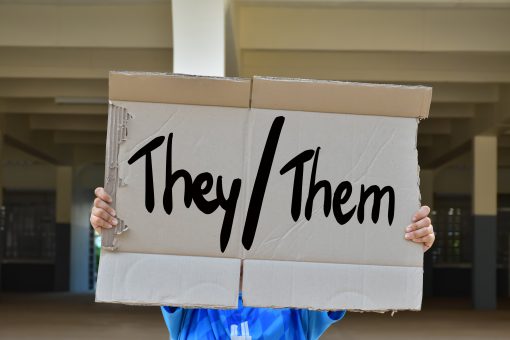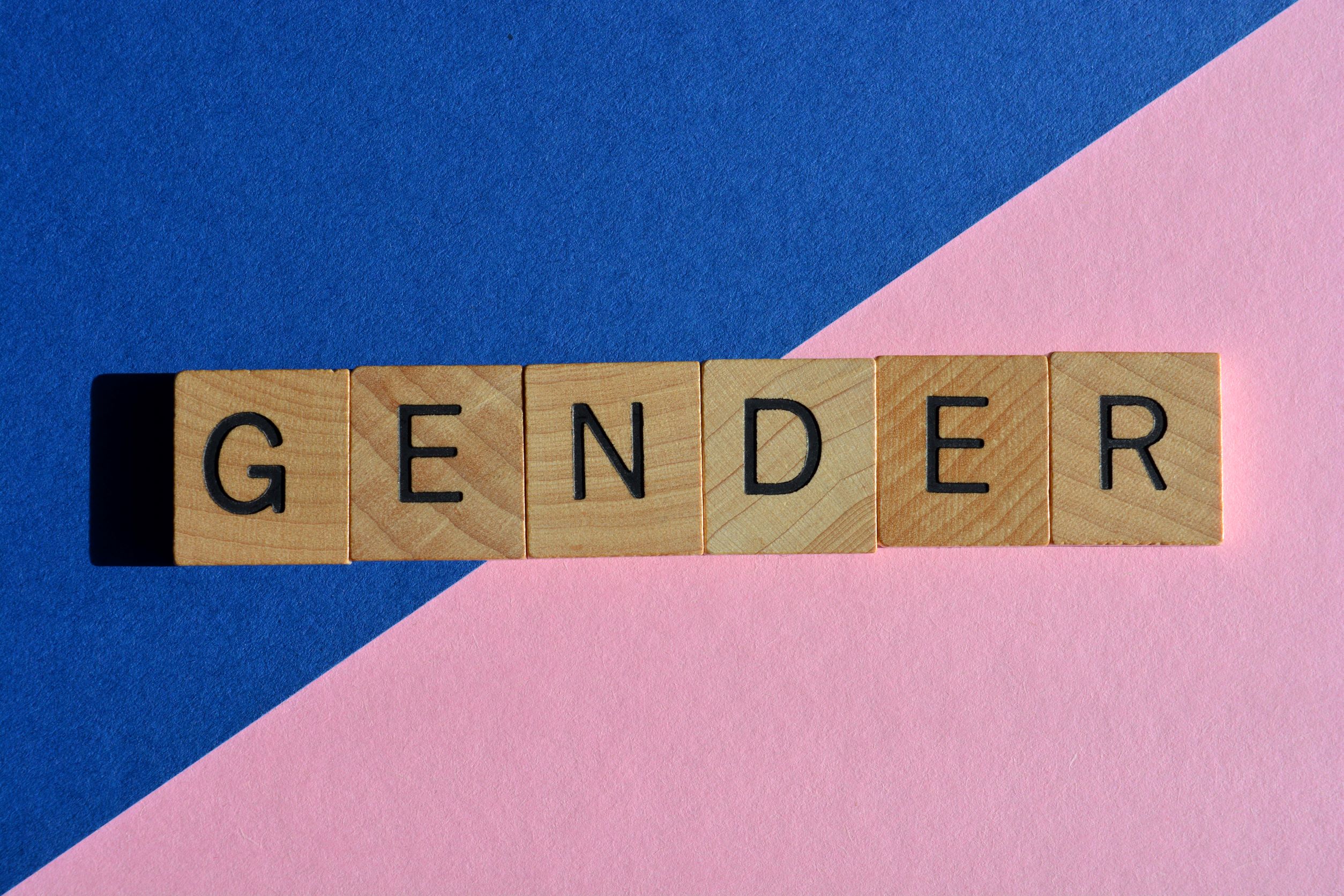Written by: Carrie Weber
Gender inequality in education that favours male students is well-researched and documented. Studies show that male students tend to garner more attention from educators. This can appear in the form of male students being called on with greater frequency, being recognized more often (for good and bad behaviour) despite female students who exhibit similar conduct, or in the form of representation in curricular materials. This disparity extends beyond our formative years and into the workplace, but a strong educator can make an impact that can have positive and lasting consequences – both in the classroom and during a travel program.
Recognizing our own biases
The first step to confronting gender bias is to consider your own implicit biases. A bias is a preference or aversion to a person or group of people, and those thoughts and feelings are “implicit” if we are either unaware of them or mistaken about their nature and the way those feelings play out as we navigate the world. “Implicit bias” describes the attitudes toward people or stereotyping that happens unconsciously. You may be acting on your gender biases or prejudices without even intending to. This TEDx Talk, Immaculate Perception discusses the way our brains process and affect biases. Although predominantly focused on ethnic and racial biases, the video is truly eye opening and can help to understand and recognize our own biases. Want to dig even deeper? Consider taking an Implicit Association Test. These tests were developed by researchers studying bias and there are tests for many categories, including gender.
Confronting bias
After examining your own perceptions of gender and acknowledging that gender bias may play a role in your teaching, you’ll want to confront the ways that you can combat or overcome that bias. The most important thing we can do is help students to understand that we value them for who they are, not the assumptions we may make about them based on their gender. This is particularly salient in the age of social media when students are learning that societal acceptance depends on their outward appearance. Learning about your students, and really listening, can go a long way toward understanding them beyond their gender and will help you to reduce assumptions and biases that are gender-based. Setting equal expectations for all students is paramount! If you’re looking to improve your own practices related to gender equality, this Edutopia article can help.
What to avoid
Another tip is to stay away from using gendered nicknames like “champ,” “buddy,” “sweetheart,” or “darling” that reinforce gender stereotypes. Use gender neutral pronouns when talking about professions that tend to be gendered – say police officer not policeman, mail carrier not mailman, construction workers not workmen. Ensure that group duties are distributed equally among your students; for example, don’t ask only male students to move and carry things and female students to do the cleanup. During a travel program, avoid grouping students along gender lines and pay attention to and disrupt groups that are self-segregated by gender. It is essential that genders are equally represented in examples, book suggestions, and highlights of famous people or historical events on tour. The Harvard Graduate School of Education hosts a Girls Equity and Empowerment Resource List which is a great place to learn about and find examples of female representation.
Accepting all gender identities
 Another facet of gender equality is acceptance of gender identity. Educators need to be prepared to work with students who are non-gender conforming. First impressions are so important, and we need to be prepared with appropriate language to model and teach acceptance. Humans learn about identifying themselves into societally determined categories at a young age. Gender identity is one’s concept of how they perceive themselves as female, male, a blend of both, or neither female nor male. It refers to a personal experience of their gender and reflects their sense of where they fit at any point along the gender spectrum regardless of their sex assigned at birth.
Another facet of gender equality is acceptance of gender identity. Educators need to be prepared to work with students who are non-gender conforming. First impressions are so important, and we need to be prepared with appropriate language to model and teach acceptance. Humans learn about identifying themselves into societally determined categories at a young age. Gender identity is one’s concept of how they perceive themselves as female, male, a blend of both, or neither female nor male. It refers to a personal experience of their gender and reflects their sense of where they fit at any point along the gender spectrum regardless of their sex assigned at birth.
One way to ensure you are meeting the needs of non-gender conforming students is to use terms like “folks,” “students,” “people,” or “friends” rather than relying on the commonly used greetings of “guys,” or “boys and girls” when addressing a group. Read this TED-Ed Blog and watch the embedded videos to learn more about non-binary children and the discomfort we might feel when faced with a student who does not identify as male or female. Inclusive language and use of the applicable pronouns are necessary. The Guide to Understanding Gender Identity Terms provides strategies that can be used to engage non-binary students in a respectful and accepting manner. There are many resources that discuss pronouns and their importance when addressing non-gender conforming individuals. The Human Rights Campaign and My Pronouns have good guides to help understand the use of proper terminology as well.
Your responsibility as an educator
Equality in education has a long way to go across the globe. When working with students in any setting, it is an educator’s responsibility to both teach and model acceptance and understanding. No student should be underestimated as a result of their gender or gender identity. Practicing educational equality with youth can make a big impact as our students grow into adulthood and move into the workplace.

Carrie Weber serves as a Senior Curriculum and Academics Specialist for WorldStrides. She holds an M. Ed. in Secondary Science Education and a BS in Physics. Ms. Weber earned a STEM Leadership certificate through the NASA Endeavor program and has recently completed coursework on anti-racist education. She taught middle and high school science in the traditional classroom for 14 years, is certified and licensed in several states, and holds multiple College Board AP certifications.

